OpenSPR tells you how to play AD treatment drugs research The existing clinical AD drugs are mainly concentrated on the "choline hypothesis", which is the only drug approved by the US Food and Drug Administration (FDA) and the Drug Control Agency (MCA) for AD treatment. Improve acetylcholine deficiency, thereby restoring cholinergic neurotransmission and improving memory impairment. Unfortunately, donepezil produces severe side effects after repeated doses of 5 mg/day, including diarrhea, bradycardia, vomiting, insomnia, and anorexia, primarily due to the presence of the blood-brain barrier (BBB), which is a drug delivery in the brain. The main obstacle. Therefore, the design of an effective BBB penetration strategy is critical for accurate brain-targeted drug delivery in AD therapy. It is considered that Alzheimer's disease (AD) is characterized by accumulation of amyloid β (aβ) and acetylcholine deficiency. Therefore, high-density lipoprotein (HDL) inside/outside the brain plays a crucial role in the pathogenesis of AD. Research team China Pharmaceutical University by "HDL bionics" inspired, developed a biological nano-drug that is donepezil recombinant apolipoprotein AI- recombinant HDL (rHDL / Do), by means of Nicoya OpenSPR kinetic data and imaging technology In the treatment of AD, AI-recombinant HDL (rHDL/Do) simultaneously inhibits Aβ-targeted clearance and acetylcholinesterase (AChE), and significantly enhances the penetration of BBB in vivo and in vitro. Regulating Aβ-induced neuronal damage, a nanomedicine, rHDL/Do, has been developed for the dual role of controlled symptoms and improved disease in the treatment of AD. The study was published in the Journal of Controlled Release: Reassembly of native Components with donepezil to execute dual-missions in Alzheimer's disease therapy experiment procedure Human brain epithelial cells hCMEC/D3, human SH-SY5Y glial cells, mouse microglia bv-2 were used as cell models, and magnetic ICR mice and SD rats were used as animal models. 1) Lipid and apolipoprotein AI were first extracted from human plasma, and then AI and donepezil liposome were incubated to prepare lipoprotein bionic nano drug HDL (rHDL/Do), which was then determined by particle size analyzer and transmission electron microscopy. The size and morphology of the nano drug were determined by HPLC, and the amount of donepezil released was determined to ensure the efficiency of nano drug recombination. 2) Afterwards, the interaction between Aβ1–42 and apoA-I or recombinant rHDL/Do was rapidly determined by Nicoya OpenSPR. The results of OpenSPR kinetics indicated that the KD values ​​of rHDL/Do and Aβ1–42 monomers and oligomers were 2.45×10−8M and 2.78×10−8 M, which were 4 times lower than the KD values ​​of apoA-I, respectively. The fold indicates that the recombinant HDL has a higher binding affinity to Aβ 1-42 than the free apolipoprotein AI. In contrast, when the flowing LIPOS/Do alone, the binding affinity of Lipos/Do was hardly detected even at the highest concentration (total lipid 500 μm). It is indicated that the lipidation process and endogenous HDL-simulated nanomedicine are essential for improving the affinity of apoA-I with its receptor and Aβ1–42, laying the foundation for the possibility of developing rHDL/Do nanomedicine, providing the first One key piece of data. 3) rHDL/Do nano drug delivery and drug efficacy determination In order to verify the intracellular and intracellular drug delivery effects of rHDL/D, fluorescein c6 replaced donepezil, fluorescence imaging and flow analysis showed that the rate of transport of fluorescently labeled rHDL/c6 through BBB was twice that of Lipos/c6. That is, the internalization rate of cell bv-2 to Lipos/c6 is about 40% of rhdl/c6, indicating that the modification of apoA-I contributes to the high efficiency of BBB permeation through the HCMEC/D3 monolayer structure. Improve the therapeutic effect of AD, and the presence of rHDL/Do can significantly increase the binding of Aβ1–42 monomer/oligomer to lysosome, thereby promoting the degradation of Aβ1–42 and acting on AD treatment. Further, in the SH-SY5Y cell model of harmful Aβ1–42 oligomer damage, the addition of rHDL/Do nanomedicine can significantly restore cell viability, while the addition of Lipos/Do has no significant change in cell viability, demonstrating that rHDL/Do nano drug can Protects Aβ-induced cell damage. ★ Summary ★ This study used OpenSPR to innovate the LPSR technology's simple, efficient and accurate results, and quickly detected the constructed liposome with the donepezil recombinant rHDL/Do nano drug and apoA-I associated with AD disease target Aβ1-42. The interaction between rHDL/Do and Aβ1–42 was significantly improved, which provided first-hand key data for the initiation of rHDL/Do nano drug treatment of AD, which enabled the development of late cytology and animal drug therapeutic effects. Furthermore, it has been confirmed by fluorescence imaging and other methods in cells and mice that rHDL/Do nano drugs can protect Aβ1–42-induced neuronal damage, thus developing a very promising control and improvement of disease in AD treatment. /Do nanomedicine, another major breakthrough in the development of therapeutic drugs for Alzheimer's disease. The uniqueness of OpenSPR molecular interaction instrument in AD drug development • Innovative LSPR technology – detecting intermolecular interactions based on wavelength changes; • Multi-parameter detection---Ka, Kd, ​​KD, EC50, protein concentration determination; • Simple operation – modular prompts, control in 1 hour; • High precision---detection is not affected by temperature and buffer refractive index; • No need for dedicated correction channels – negligible bulk effects; • High efficiency---loading, results, one-click analysis, 10min results, complete kinetic test results in 1-2h;
Yam powder is a low-fat and low-calorie healthy food. People can feel full after eating yam powder, but it will not let the body absorb too much calories. The active enzymes it contains can also speed up after entering the human body. Excess fat burning and metabolism in the human body can significantly reduce human body weight while maintaining human health.
Dehydrated Yam Powder,Pure Natural Yam Extract Powder,100% Wild Yam Extract Powder,Natural Raw Yam Powder Laian Xinshuyu Food Co., Ltd , https://www.xinshuyufood.com
Alzheimer's disease (AD) is a complex neurodegenerative disease that affects one in nine people over the age of 65. The number of AD is increasing every year and is a very important social epidemic. Currently, clinical AD drugs such as N-methyl-aspartate receptor antagonists memantine and acetylcholinesterase (ACH) inhibitors, including donepezil, galantamine, tacrine and rivastine are only Can temporarily relieve symptoms and relieve the effect of treatment. So far, no one has proposed effective treatments to delay the onset of AD or slow its progression. Because existing monotherapy cannot fight such complex diseases. Therefore, developing new treatment strategies is challenging but necessary to improve patient well-being. 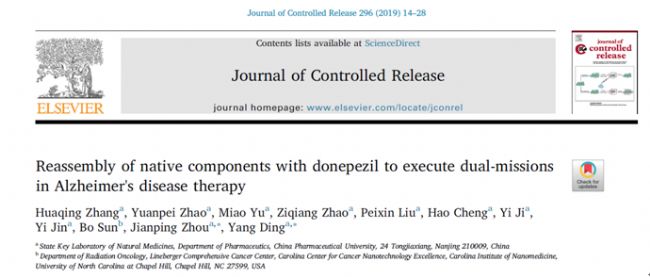
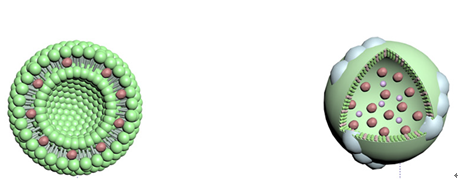
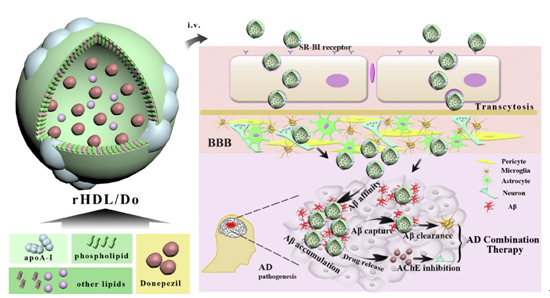
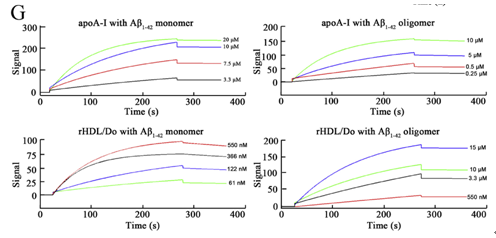
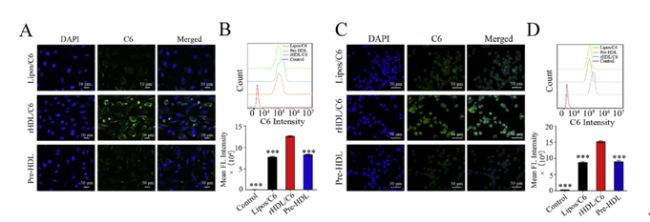
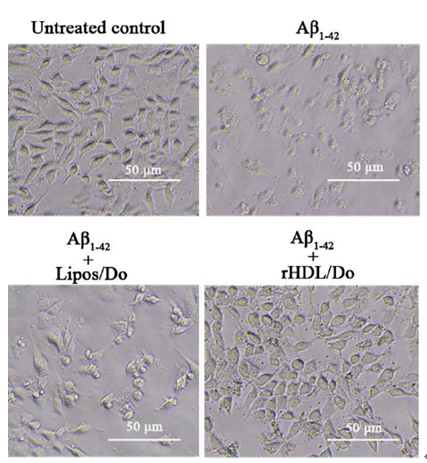
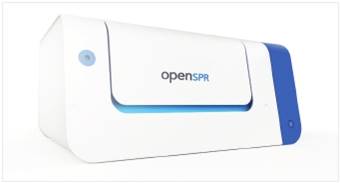

Application of OpenSPR in the study of AD treatment drugs for Alzheimer's disease
Next Article
Advantages of bag vacuum packaging machine